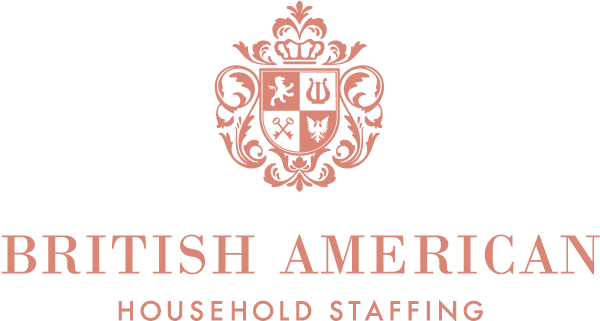
Navigating the ins and outs of payroll and compliance can be tricky, even if you only have one or two employees in your home. To ensure best practices and peace of mind, British American Household Staffing recommends GTM for household payroll and tax services. GTM offers solutions and advice on all aspects of payroll, worker’s compensation, labor law compliance, and employee benefits.
Click here to learn more about GTM’s services or schedule a complimentary phone consultation.
Why use a payroll service?
Save Time and Energy:
The IRS estimates that it takes a household employer 60 hours each year to comply with all federal and state tax laws. Outsource this task to someone who specializes in it!
Avoid Penalties:
Mistakes can not only lead to repetitive paperwork but financial penalties, as well. Make sure you’re filing everything correctly the first time by using a reputable service.
Trust the Experts:
Employers need to adhere to all applicable federal and state tax, labor, and wage laws like the Fair Labor Standards Act, paid sick and family leave programs, and domestic worker protection laws. There can be added layers of complications with multiple homes or unusual working schedules. Payroll services can offer guidance for any situation that may come up.
Taxes Filed Correctly and On Time, Guaranteed:
GTM guarantees that state and federal taxes will filed on time, every time. If you receive a notice from the IRS, or any other tax agency, based on a filing that GTM Payroll Services made, they will work with the agency on your behalf to resolve the issue. If they’re at fault, they will pay any and all associated penalties and fines.
GTM Free Resources
Tax Forms and Deadlines for Household Payroll
State by State Household Employment Regulations
5 ways the American Rescue Plan will impact household employers
The new COVID-19 relief plan will increase tax credits and provide a third stimulus check. Originally posted by HomePay on March 12, 2021
On March 12, President Biden signed the American Rescue Plan into law, a COVID-19 relief bill designed to provide various forms of financial assistance to families and businesses. It’s a very lengthy bill, but included are several items that could change the cost of child care or senior care for families in 2021. You’re probably curious on how this new law will affect you and we’ve done the work so you can feel informed about what’s coming up.
Here are five items within the American Rescue Plan that you should be aware of as someone who employs a nanny or senior caregiver:
1. Doubling the expenses in your Dependent Care Account
This type of flexible spending account is usually the biggest care-related tax break you can take advantage of because you can pay for up to $5,000 of expenses tax-free. The American Rescue Plan increases this amount to $10,500 for the 2021 tax year, which will provide even more tax savings. Your savings are tied to the tax bracket you’re in, but families with full-time care could save around $4,000 if the bill passes. And as an added bonus, unused money in your Dependent Care Account can roll over into 2022.
2. A third stimulus payment to yourself and your caregiver
Under the CARES Act and the Continuing Appropriations Act, the government sent direct payments of up to $1,200 and $600 respectively to individuals up to a certain income level. The American Rescue Plan provides a direct payment of $1,400 for those that earn $75,000 or less ($150,000 for couples) and gradually decreases the payment amount for those that earn between $75,000 and $80,000. Additionally, families can receive $1,400 for every child or other dependent they have.
It’s important to remember that these payments have historically been tied to having a tax return on file with the IRS. This means that caregivers being paid under the table will not be able to receive this financial benefit.
3. Larger savings from the Child and Dependent Care Tax Credit
When you file your tax return, you can use the Child and Dependent Care Tax Credit on up to $3,000 of care expenses if you have one child and $6,000 if you have two or more children or dependents. The American Rescue Plan increases these expense amounts to $8,000 and $16,000 respectively for the 2021 tax year. By being able to push more of your care expenses into this tax credit, you should be able to significantly offset the amount of taxes you pay as a household employer.
4. A raise to the Child Tax Credit
As you’re probably aware, the federal government offers the Child Tax Credit to families to account for the cost of having children. The American Rescue Plan increases the credit from $2,000 to $3,000 per child ($3,600 if your child is 5 years old or younger) and raises the age limit to claim a child from 16 to 17 years old. Additionally, half of the credit you’ll be eligible for will be sent to you in advance via monthly payments from July through December.
5. Extending paid sick leave and paid family leave credits
Under the Families First Act, your caregiver could take paid sick leave or paid family leave for several reasons related to COVID-19. If this happened, you would receive tax credits to cover the wages paid to your employee while they were unable to work. These credits will expire at the end of March, but the American Rescue Plan resets their availability for all families, increases the maximum credit from $10,000 to $12,000 and extends them through the end of August. However, families are no longer required to provide paid sick leave or paid family leave moving forward.
